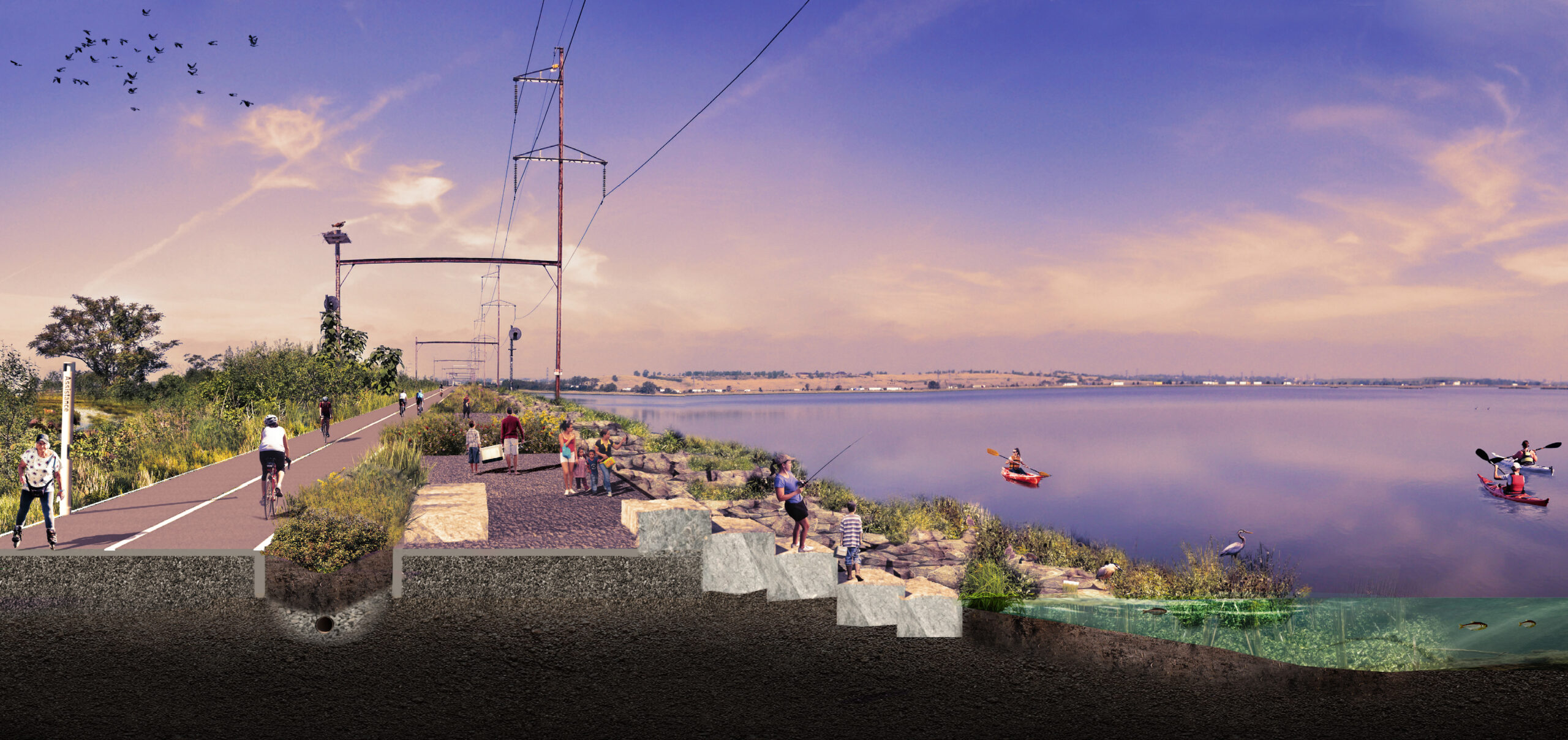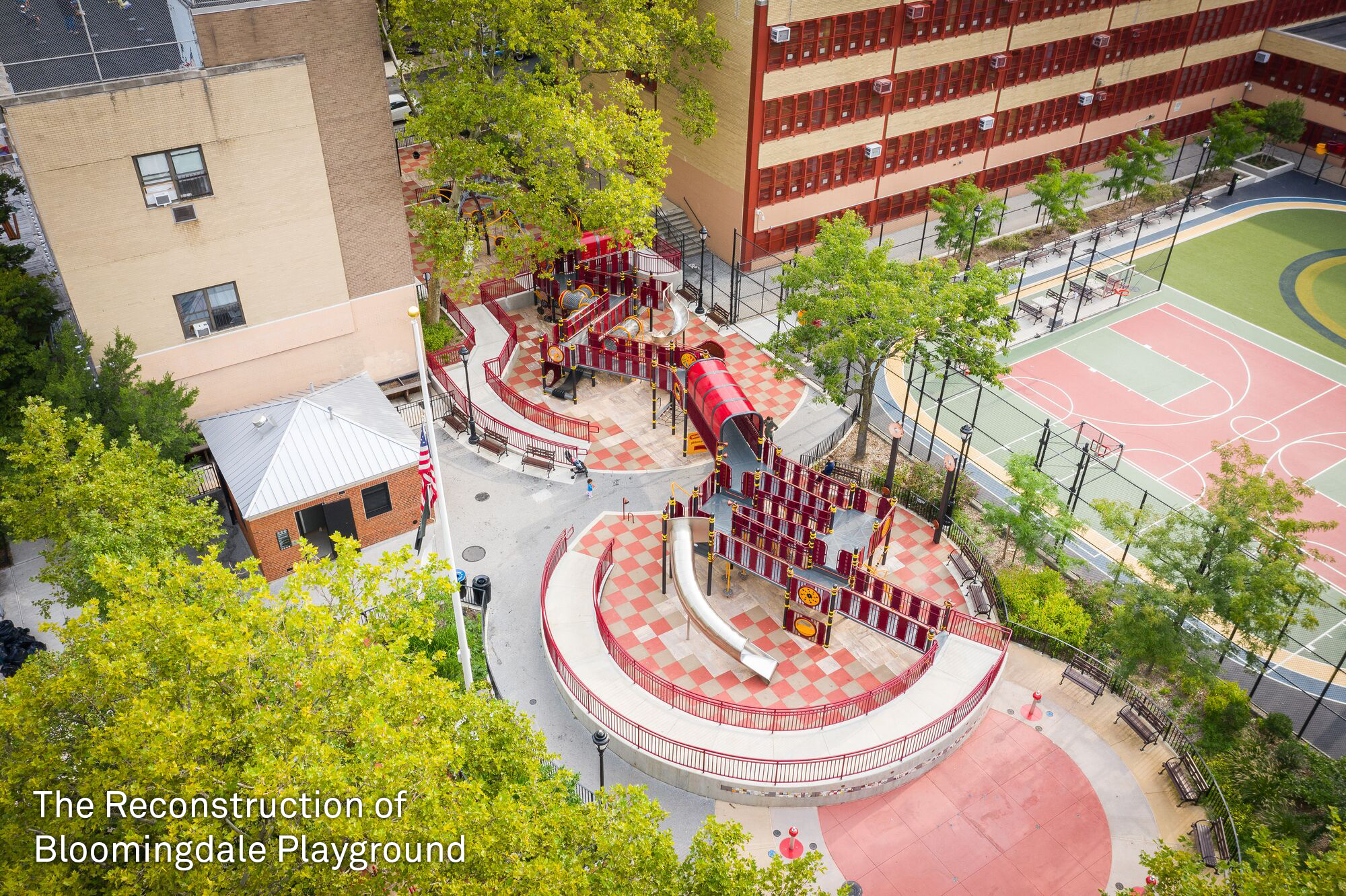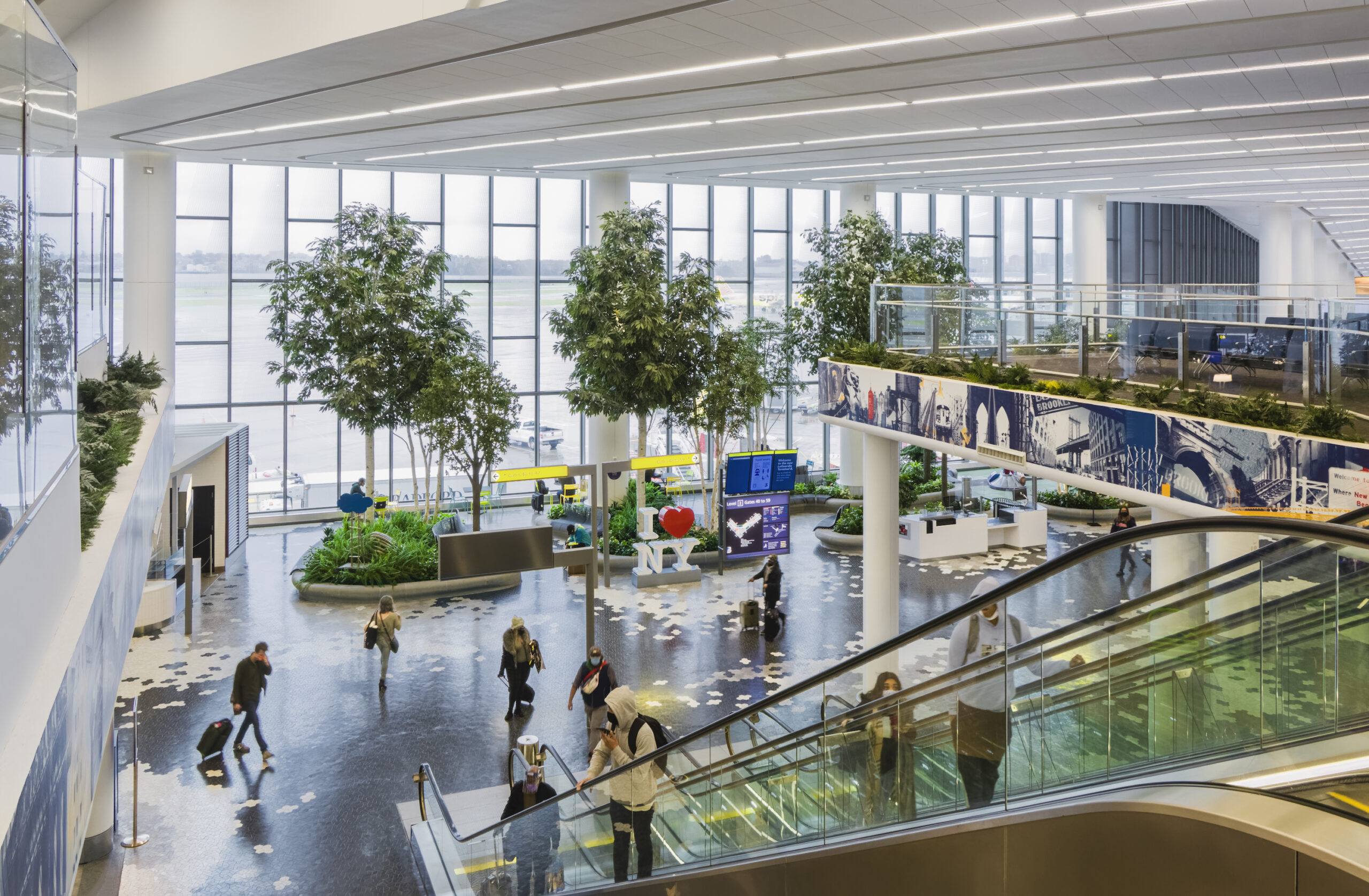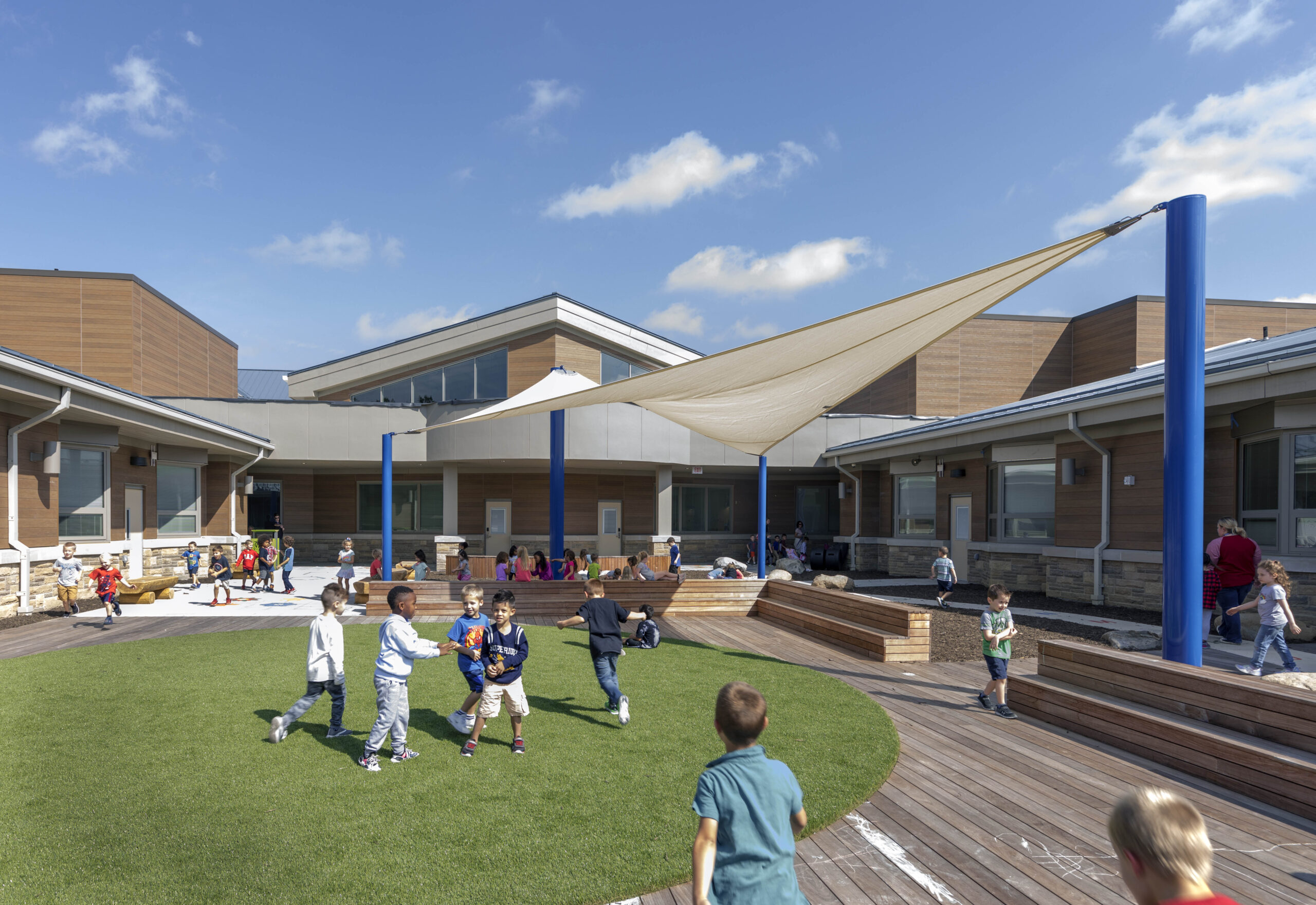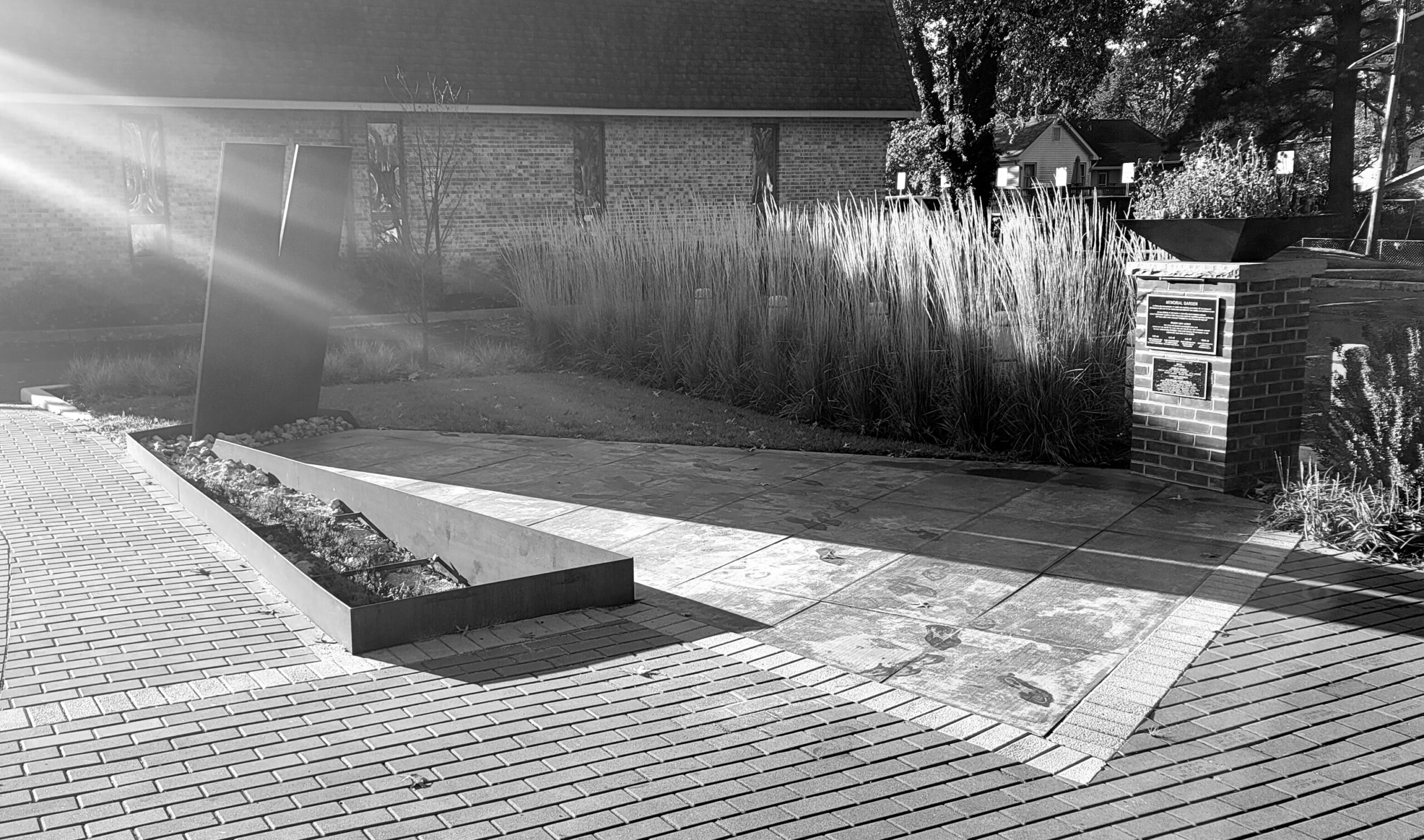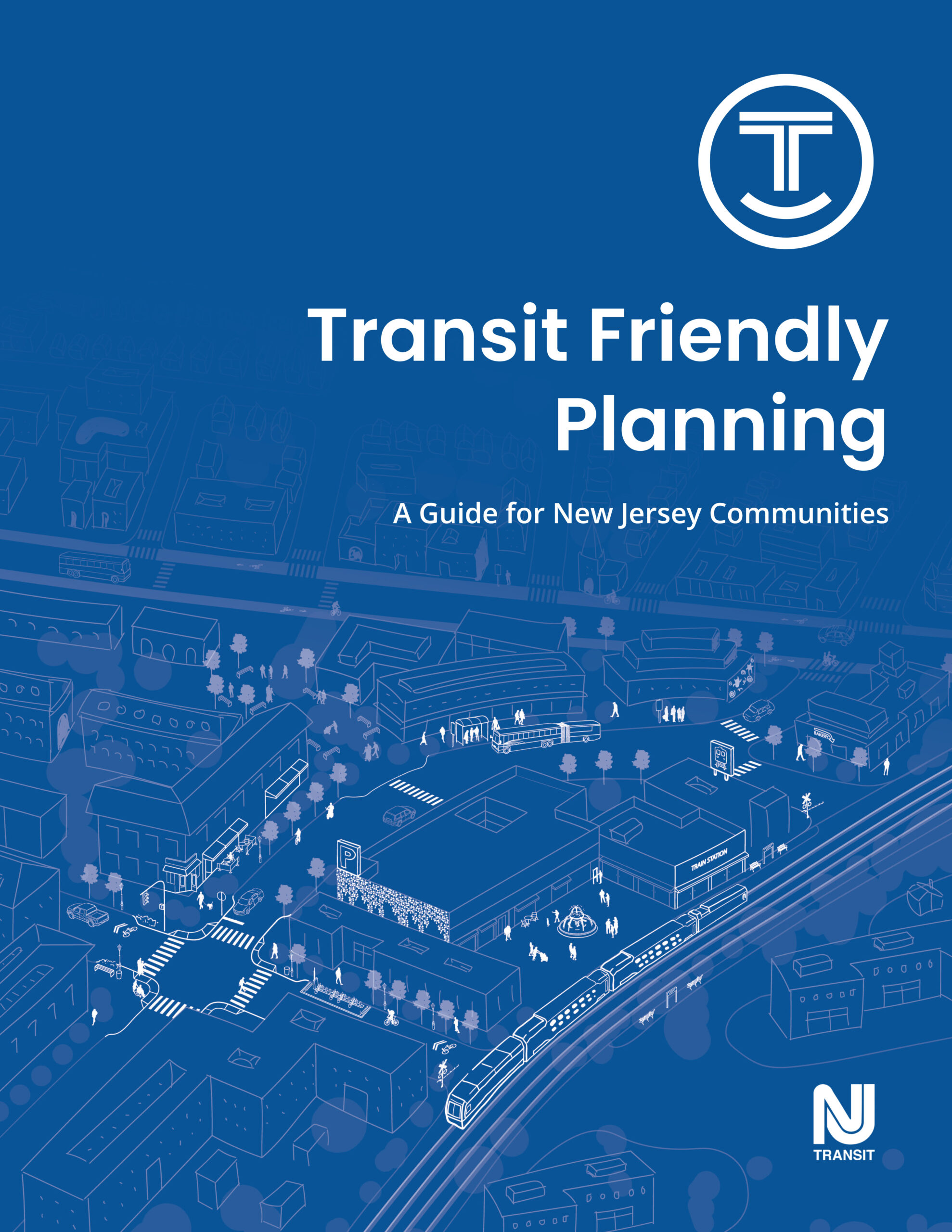Project Description
Almost 20 years ago, the rail line between Montclair and Jersey City, NJ, fell silent. Since, this corridor known as the “Old Boonton Line” saw calls to transform the land into a public asset; a dormant opportunity with grand potential to benefit adjacent communities. The landscape architect, leading a world-class consultant team, built a foundation for the Essex Hudson Greenway for a non-profit client by establishing a robust design framework that celebrates the unique qualities of existing conditions along its route. The Essex Hudson Greenway Framework breathes new life into abandoned infrastructure to link towns, parks, natural resources, and cultural facilities in the heart of New Jersey.
Challenge: Funding sources for the Framework mandate that key features be incorporated into the final design. These include multimodal transit opportunities, recreational uses, and improved stormwater management.
Opportunities: Passing through eight municipalities and three counties over nine miles, the Greenway is broken down into four typologies to both enhance existing ecosystems and embrace funding source mandates. The western extents are a Woodland Ecology where restoration will enhance habitat for birds and pollinators. Flat, open topography near Newark offers more active programming for underserved neighborhoods within the Urban Transformation section. The Town typology passes over the Passaic River to Kearny before it heads to the Meadowlands, which presents connections to other trail systems and recreation and where resiliency will be employed. Experiences are heightened by incredible views and landmarks that are created by linking existing bridge structures.
The landscape architect’s inspiring vision was underpinned by investigations that catalogued and evaluated existing bridges, stormwater management needs, and environmental impacts within the four typologies that exist along this vestigial rail infrastructure. The resulting Framework allows the Greenway’s personality to be realized for regional and local recreational users, commuters, and nature enthusiasts while serving as a resilient connector for the ecological systems it stitches together.
The Essex Hudson Greenway Framework will serve as a catalyst to create a lifetime of experiences for the neighbors along its length. It addresses the potential to build stewardship, restore urban ecologies, and regenerate depleted habitats. It provides a solid foundation to inform the next steps in the design process while also acting as a tool for future community engagement. These opportunities illustrate how a long strip of land can simultaneously speak to a diverse group of users and make each one feel as if this place is designed just for them.

